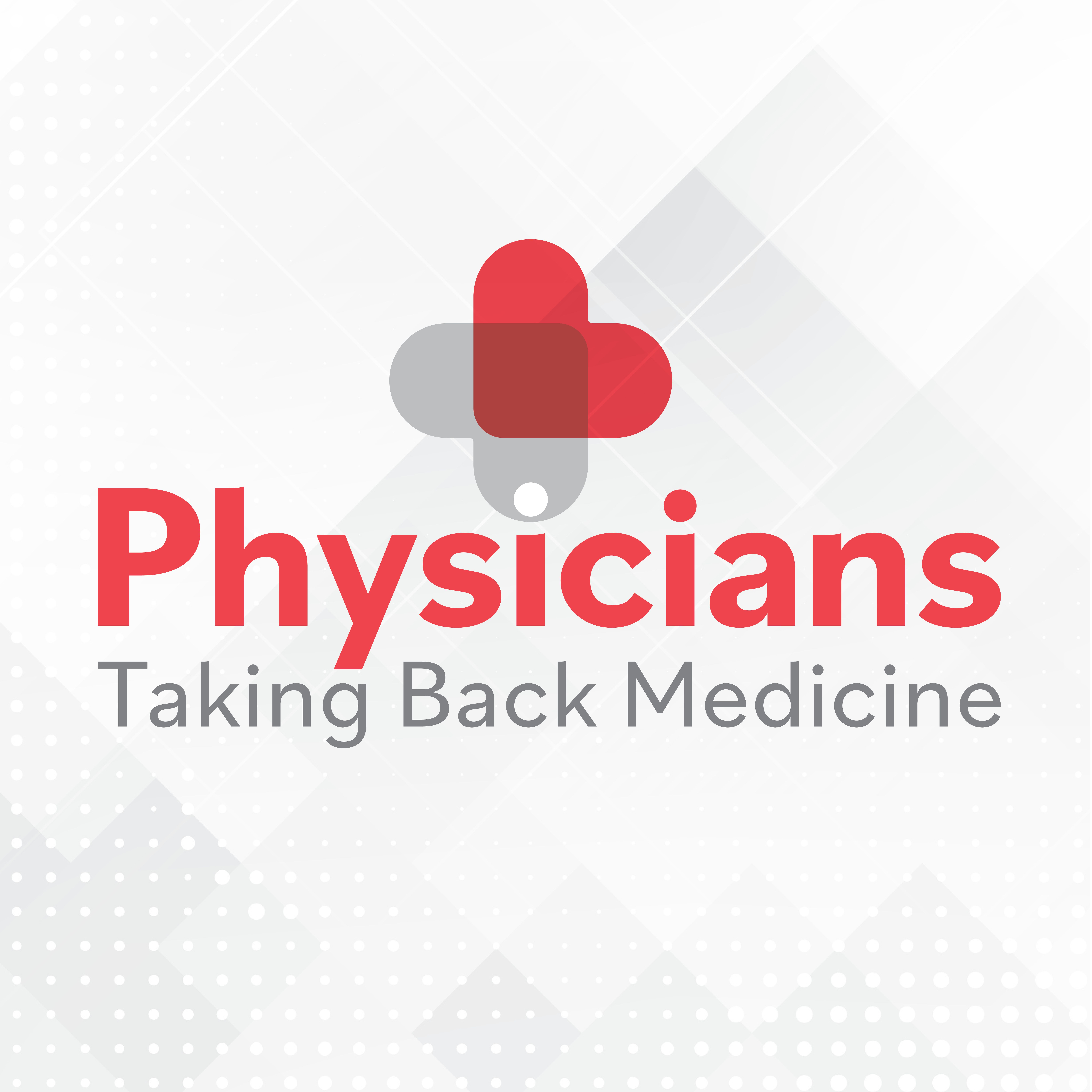Article
Top administrative challenges of 2023: Staffing
Author(s):
The No. 2 administrative challenge facing physicians in 2023.

Editor's Note: Every year, Medical Economics® asks our physician readers what challenges they are facing in their practices. And every year, we get the same answer as the top challenge: administrative burdens. For our first issue of 2023, we decided to take a stab at fleshing out what some of those administrative burdens are and what physicians can do about them in their practice. We focused on five administrative burdens that our readers commonly tell us are major issues.
Staffing has emerged as a top issue for physicians, and heading into 2023, the situation may be going from bad to worse.
In 2022, lack of staffing was one of the toughest issues identified by Medical Economics®’ annual physician report and a MGMA survey. Most physicians reported shortages across all roles, and according to the latest findings from The Physicians Foundation, 73% had significant or moderate shortages of registered nurses.
“What we’re seeing across the board, regardless of whether it’s a physician-owned or hospital-owned practice, is that it’s a challenge to recruit and retain support staff,” says Ron Holder, MHA, chief operating officer for MGMA. “And support staff — medical assistants, nurses and office staff — are critically important for physicians’ practices to succeed. And their challenges are compensation and costs keeping with inflation.”
What are the best ways to keep employees and find new ones?
All the strategies recommended for 2022 — increasing pay and perks, having flexible work hours, listening to employees’ suggestions for workplace improvement and more — could still work in 2023. What follows are more tips to take your recruitment and retention to the next level this year.
Get ready to pay, especially for office staff. Holder notes that when restaurants, retailers or other businesses pay more than doctors’ practices, clerical workers can take their organizational and customer service skills where they can make more money.
All staff should work at the top of their license. “Working on top of licensure is doing the things that they were trained to do and not having to do things that other people in the practice could effectively do at a lower level of licensure,” Holder says. “You have to maximize your licensure at every level.”
Find ways to manage the workload. If your practice is shorthanded, don’t just pile more work onto everyone else. That can lead to feelings of dissatisfaction that make employees look for new jobs, Holder says. If they leave, that could make the situation worse. In 2022, some MGMA members reported closing practices one additional day a week to spread staff across their locations to avoid cutting hours.
If you’re in a small practice, embrace flexibility. Staff crunches in large health systems lead to analyses about pay changes for dozens, perhaps hundreds, of employees. Small practices don’t have that burden, Holder notes. “If you only have two medical assistants in your practice and one of them leaves, you basically can adjust your pay grade on the fly in order to recruit back for that one,” he says.
Be equitable and fair. Although early careerists with one to two years of experience are sparking bidding wars in the hunt for new workers, Holder says they should not start at higher salaries than staff with more experience.
Move new staff quickly to the midpoint. Recruiting and retaining staff with minimum qualifications and less experience often are more difficult than keeping those with 10 or more years of experience and who may stay with an organization for reasons beyond just a salary.
“Therefore, it’s a contemporary practice to be more dynamic to those who would be lower in the pay grade, moving them toward the midpoint faster, with growth in pay slowing a little in the higher part of the pay grade,” Holder says. “You have to be dynamic for those people who are looking to grow their compensation the fastest because if you don’t, someone else might.”
Streamline, streamline, streamline. Look for ways that every worker can reduce the number of clicks to complete tasks and for ways that medical assistants can help with record entry and patient intake.





